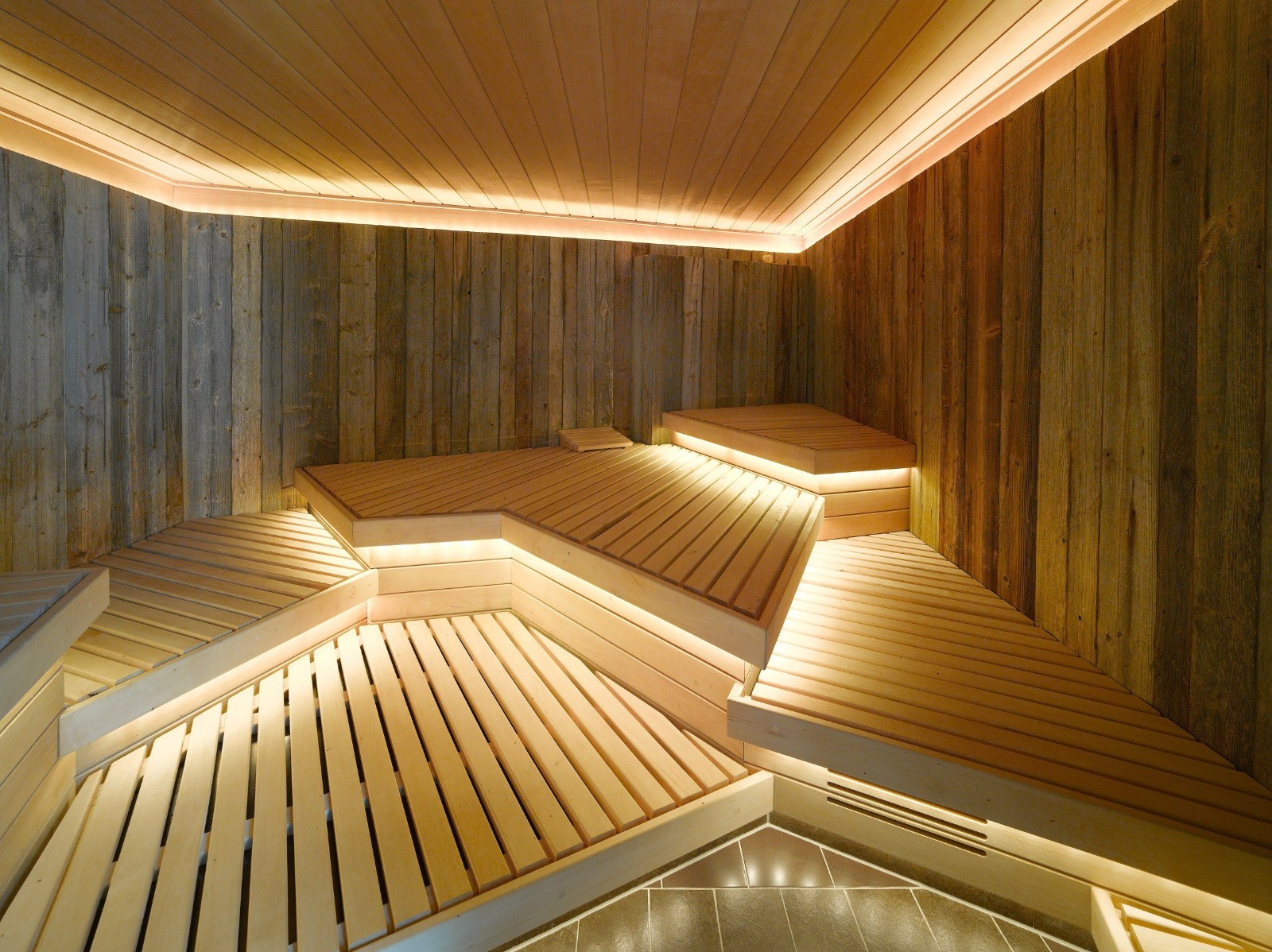Saunas have been cherished sanctuaries of relaxation and rejuvenation for centuries, tracing their origins back to Finland. Today, they are beloved worldwide for their numerous health benefits and soothing experiences, with a significant presence in Canada, where the cold climate makes saunas particularly popular. Crafting a sauna is a meticulous process that blends traditional craftsmanship with modern innovation. In this blog, we’ll take you on a journey through the intricate steps of sauna manufacturing, highlighting the materials, skills, and quality checks that ensure a top-tier product.
1. Design and Vision
Every sauna begins with a vision. The design phase is where the magic starts. Designers consider customer preferences, market trends, and the latest technological advancements to create detailed blueprints. These plans outline the sauna’s dimensions, materials, and unique features, ensuring the final product is both aesthetically pleasing and functionally superior.
2. Choosing the Perfect Wood
The heart of a sauna lies in its wood. Selecting the right wood is crucial, as it must endure high temperatures and humidity while exuding a pleasant aroma and appealing look. Popular choices include:
- Cedar: Revered for its resistance to decay and naturally delightful scent.
- Hemlock: Valued for its stability and resistance to warping.
- Pine: A cost-effective option that’s easy to work with, though it may need more upkeep.
3. Cutting and Preparing the Wood
Once the ideal wood is chosen, it undergoes a meticulous preparation process:
- Sawing: Logs are transformed into planks of specific sizes.
- Drying: Planks are kiln-dried to reduce moisture content, preventing future warping and cracking.
- Planing and Sanding: The dried planks are planed and sanded to achieve a smooth, flawless finish.
4. Building the Frame
The frame is the sauna’s backbone, providing essential structural support. This step involves:
- Precision Cutting: Frame components are cut to exact dimensions.
- Assembly: The frame is assembled using high-quality screws, nails, and adhesives to ensure durability and stability.
5. Insulating the Sauna
Insulation is key to maintaining the sauna’s heat. Common materials used include:
- Fiberglass Insulation: Known for its efficiency in retaining heat.
- Foil Vapor Barriers: These reflect heat back into the sauna and prevent moisture from seeping into the walls, ensuring a cozy and efficient environment.
6. Crafting the Interior
The interior cladding gives the sauna its distinctive character. This involves:
- Installing Wall Panels: Wooden panels are carefully fitted to the interior walls, ensuring a seamless finish.
- Ceiling Panels: These are installed with a slight slope to allow moisture to run off, maintaining the sauna’s integrity.
7. Designing Benches and Flooring
Benches and flooring are essential for both comfort and safety. This stage includes:
- Bench Construction: Benches are crafted from sturdy wood, designed to support weight and resist high temperatures.
- Flooring Installation: Floors are installed using wood slats or tiles, designed to be slip-resistant and easy to clean.
8. Installing the Heating System
The heating system is the sauna’s core, and manufacturers have several options:
- Electric Heaters: Popular for their convenience and ease of control.
- Wood-burning Stoves: These offer a traditional, authentic sauna experience.
- Infrared Panels: Heating the body directly, these provide a different type of sauna experience, often favored for health benefits.
9. Ensuring Proper Ventilation
Proper ventilation is essential to maintain fresh air circulation and prevent overheating. This involves:
- Inlet and Outlet Vents: Strategically placed to allow fresh air in and expel hot air.
- Fan Installation: Optional fans can enhance air circulation, ensuring a comfortable atmosphere.
10. Quality Control and Testing
Before a sauna reaches its new home, it undergoes rigorous quality control and testing:
- Heat Testing: Ensuring the sauna reaches and maintains desired temperatures.
- Structural Integrity Checks: Verifying that the sauna is stable and durable.
- Safety Inspections: Ensuring all electrical and heating components meet stringent safety standards.
11. Adding the Final Touches
The final stage involves adding custom features and personal touches requested by the customer, such as:
- Lighting: Installing LED or traditional lighting to create the perfect ambiance.
- Sound Systems: Integrating speakers for a relaxing audio experience.
- Accessories: Adding thermometers, hygrometers, and other essential sauna accessories.
Conclusion
The manufacturing process of saunas is a beautiful blend of tradition and innovation, requiring skilled craftsmanship and a keen eye for detail. From selecting the finest wood to ensuring each product meets the highest quality standards, every step is crucial in creating a sauna that offers relaxation, health benefits, and a touch of luxury. Whether you favor a traditional wood-burning sauna or a modern infrared model, understanding the intricate process behind these wellness retreats enhances your appreciation for the craftsmanship involved.
In Canada, saunas have become an integral part of many homes and wellness centers. Companies like SaunaDepot.ca provide a wide range of options tailored to the unique preferences of Canadians, ensuring that everyone can enjoy the profound benefits of this timeless tradition. By knowing the journey your sauna undertakes from raw material to finished product, you can savor your moments of relaxation with a deeper sense of connection to this ancient tradition.



































